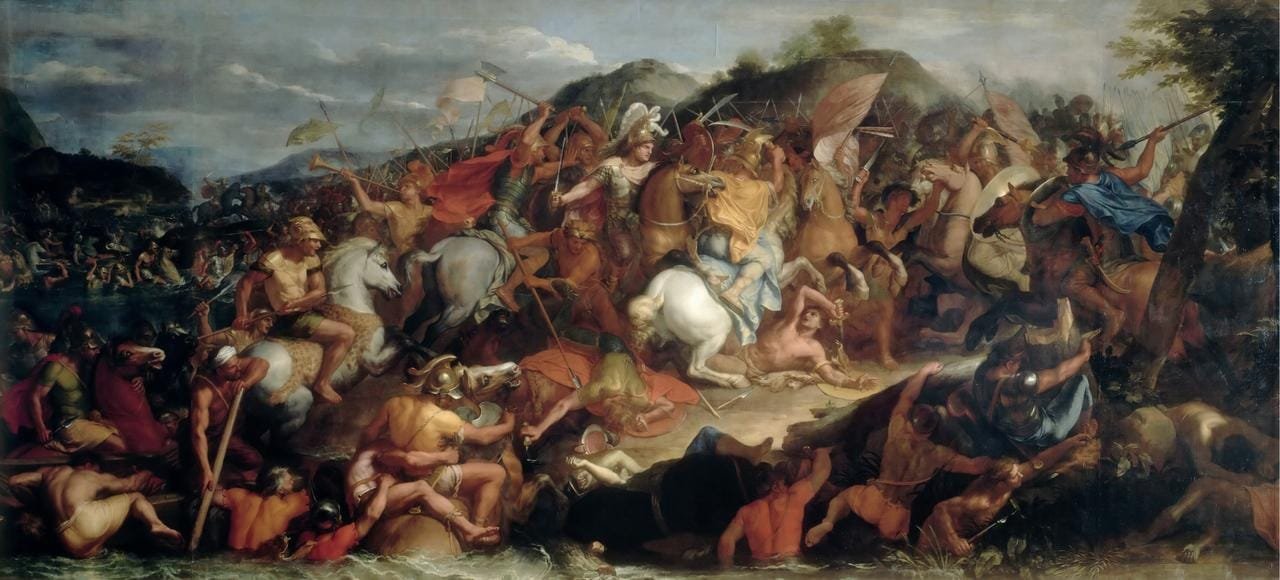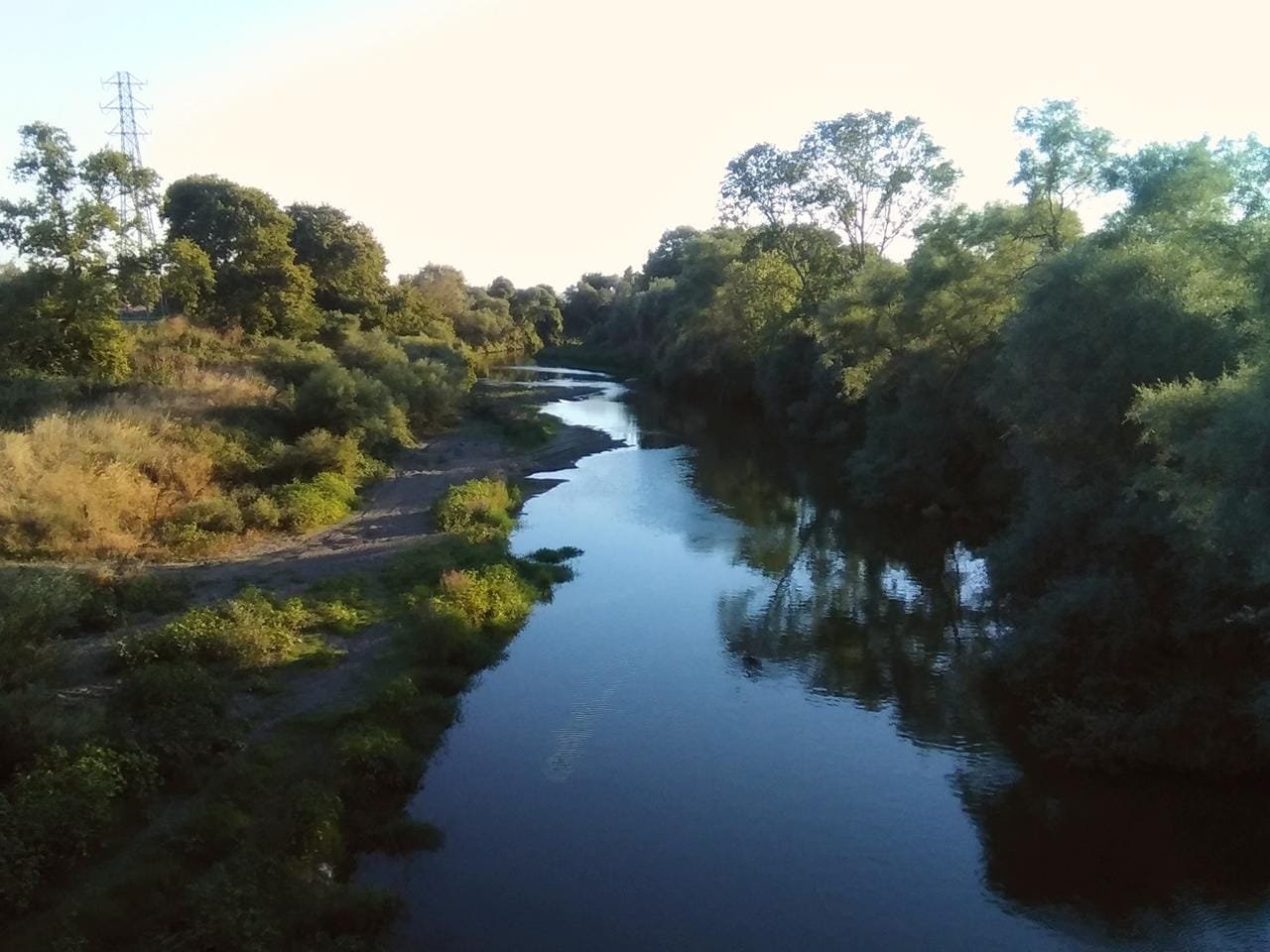After decades of research and exploration, archaeologists have identified the exact location of the Battle of the Granicus, one of Alexander the Great’s most significant victories. Fought in May 334 BCE near the Granicus River (now known as the Biga River) on the Biga Plain in modern-day Turkey, this battle marked the beginning of Alexander’s legendary campaign against the Persian Achaemenid Empire.
 Battle of the Granicus (1665), oil on canvas, housed in the Louvre Museum. public domain
Battle of the Granicus (1665), oil on canvas, housed in the Louvre Museum. public domain
Professor Reyhan Korpe, a historian from Çanakkale Onsekiz Mart University (ÇOMÜ) and Scientific Advisor to the “Alexander the Great Cultural Route” project, led the team that uncovered the battlefield. “Our research, combined with a careful reading of ancient sources, has led us to pinpoint the exact location of the battle, the villages involved, and its position within the plains,” Korpe told Türkiye Today. The culmination of over 20 years of effort, this discovery also traced the route Alexander and his army took to the battle site.
The Battle of the Granicus was Alexander’s first major clash with the Persian Empire, signaling the start of his conquest of Asia Minor. The victory not only demonstrated Alexander’s military brilliance but also opened the gateway for his future campaigns that would ultimately dismantle the Persian Empire and lay the foundation for the Hellenization of large parts of Asia. However, this Hellenization was relatively short-lived, as about a century later, the rise of the Parthian Empire saw large parts of the former Achaemenid territories reclaimed under Iranian rule.
 The Biga River, historically known as the Granicus River, near the site of the Battle of Granicus fought in 334 BCE. Credit: Kizildeniz/CC BY-SA 4.0
The Biga River, historically known as the Granicus River, near the site of the Battle of Granicus fought in 334 BCE. Credit: Kizildeniz/CC BY-SA 4.0
“This battle is considered one of the most pivotal moments in world history,” said Korpe. “Following his victory here, Alexander went on to conquer Western Anatolia and much of Asia, extending his empire into India.”
 Persian warriors at Darius’ palace in Susa, Iran. Exhibited in Pergamon Museum. Credit: mshamma/CC-BY
Persian warriors at Darius’ palace in Susa, Iran. Exhibited in Pergamon Museum. Credit: mshamma/CC-BY
Born in Pella, Macedonia, in 356 BCE, Alexander the Great was tutored by the philosopher Aristotle and ascended to the throne in 336 BCE. By the time of his death in 323 BCE, he had built one of the largest empires in history, stretching from Greece to northwestern India.
The research team used ancient texts to map Alexander’s journey to the Granicus. Starting from Özbek village, Alexander’s army moved through Umurbey and Lapseki before descending into the Biga Plain. “We found the path Alexander took to reach the site of the Battle of Granicus,” Korpe noted. These findings were corroborated by landscape features and archaeological evidence, creating a highly accurate map of Alexander’s route.
 Detail of the Alexander Mosaic depicting the Battle of Issus between Alexander the Great & Darius III of Persia, from the House of the Faun in Pompeii, Naples Archaeological Museum. Credit: Carole Raddato (CC BY-SA 2.0)
Detail of the Alexander Mosaic depicting the Battle of Issus between Alexander the Great & Darius III of Persia, from the House of the Faun in Pompeii, Naples Archaeological Museum. Credit: Carole Raddato (CC BY-SA 2.0)
The Battle of the Granicus is remembered not only for its military significance but also for its transformative impact on world history. The serene Granicus River, where thousands of soldiers once fought and died, now serves as a reminder of a moment that shaped the ancient world.





